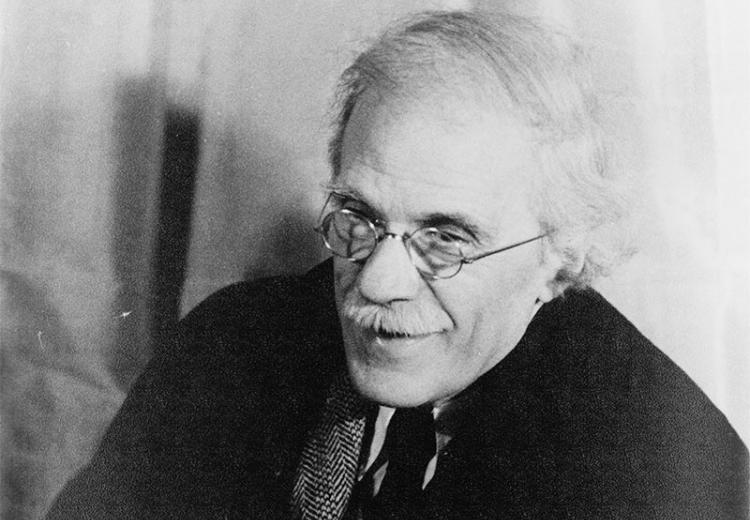Seeing Sense in Photographs & Poems

Alfred Stieglitz is one of America's most prominent and celebrated photographers who chronicled early 20th-century America. Stieglitz created the photograph "The Steerage" used in this lesson plan.
"Ut pictura poesis" ("As is painting, so is poetry," Horace, Ars Poetica)
Through close looks at the physical aspects of Alfred Stieglitz's 1907 photograph "The Steerage" and the imagery in William Carlos William’s 1962 poem "Danse Russe," students will explore how poetry can be, in Plutarch's words, "a speaking picture," and a painting (or in this case a photograph) can be "a silent poetry." They will learn to support their analyses with detailed description of form, first by participating in a class-wide process of observing shapes, lines, shadows, and other physical attributes of a photograph and by fully fleshing out the imagery of a poem, and then by finding other poetry and photography through the EDSITEment website listings to engage with independently.
Guiding Questions
How is reading a poem like looking at a photograph?
Learning Objectives
Articulate how physical form affects meaning in a photograph.
Appreciate how imagery's effects on meaning in a poem can be parallel to form's effects in visual art.
Think critically about the relationship of the part to the whole in poetry and photography.
Think analytically about how art works.
Engage in creative writing directly supported by critical thinking.
Discover the impact of voice on a poem's sense.
Express in writing the relationship between students' descriptions of a work and their analyses of that work.
